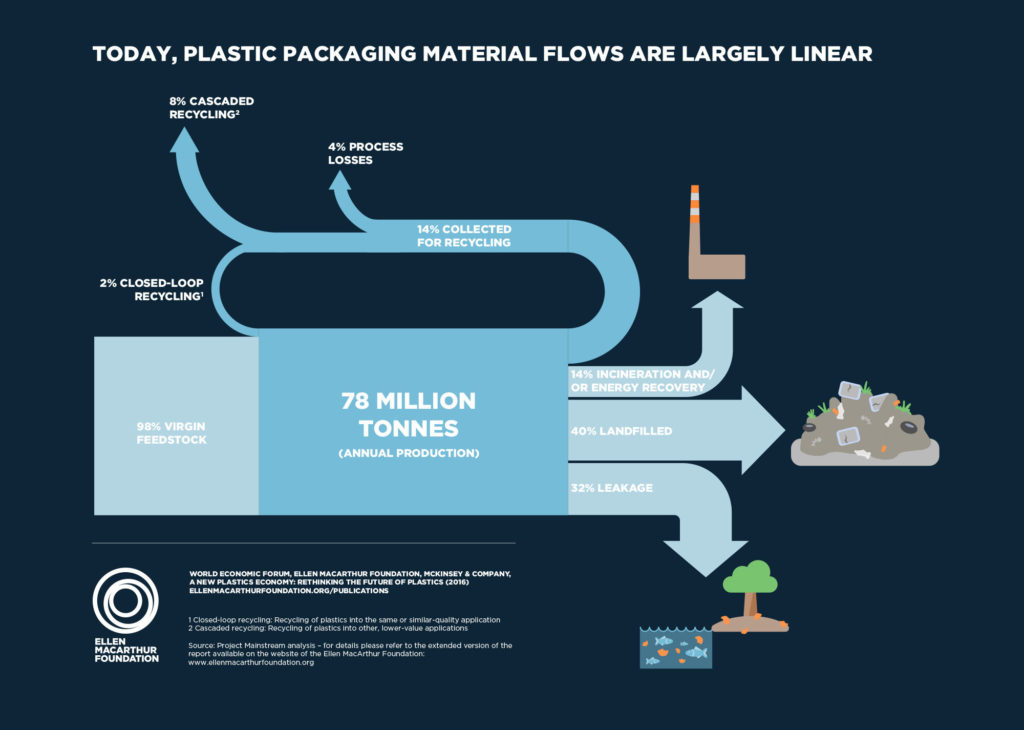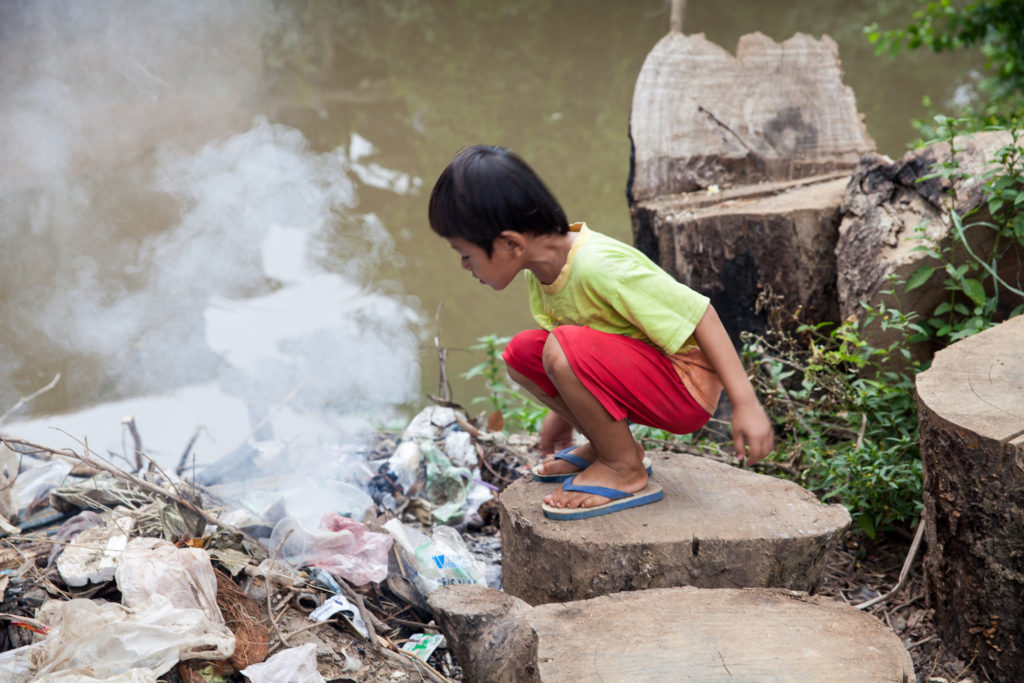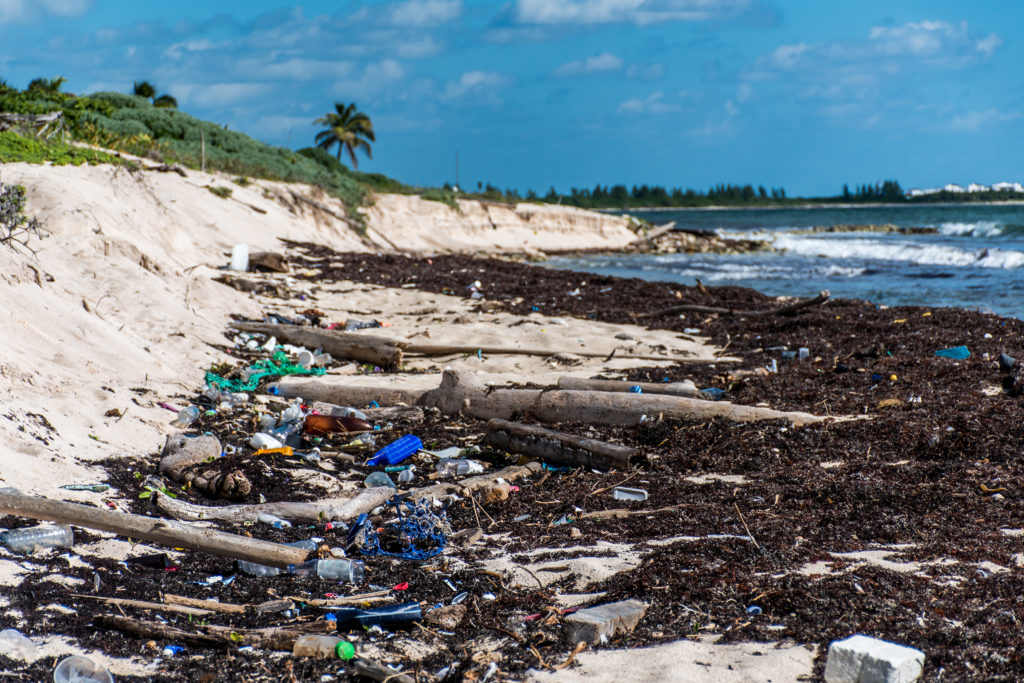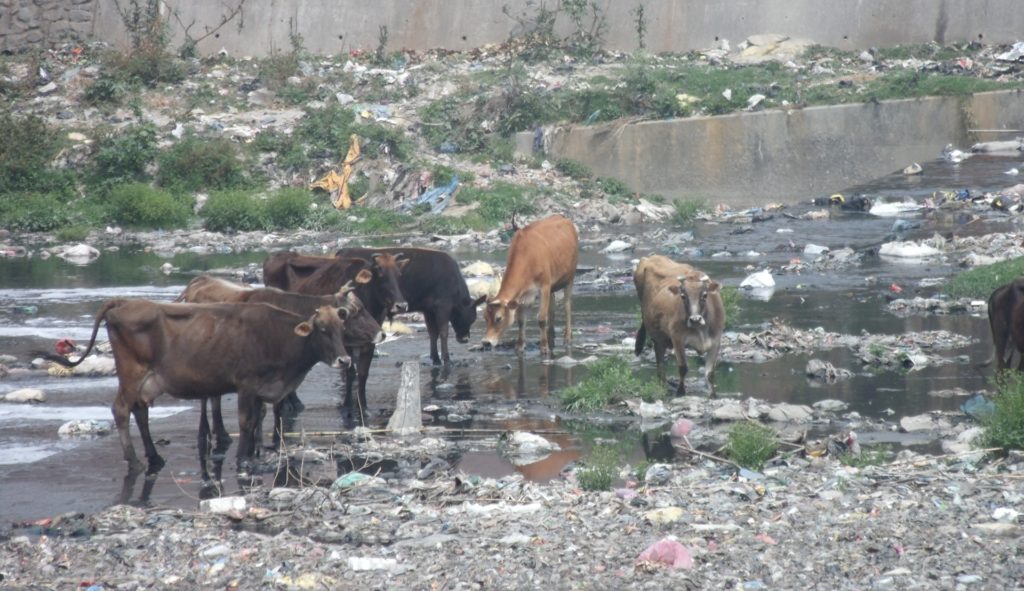The invention of plastic started a new era for humankind. It is a wondrous material, with a wide range of astonishing properties. It can also be more environmentally friendly than any other known alternative. Unfortunately, this also makes it so widely used, that humans produced roughly 359 million tons of plastic in 2018 [1], with a steady increase every year. It is estimated that by 2050, we will produce more than 1800 million tons annually [2].
A large fraction of this ends up in the environment or landfills. Especially plastic packaging, which makes up about one quarter of all plastic production, a large portion ends up directly in the environment. Besides (visually) destroying landscapes, it can kill wildlife in various ways, like suffocation or starvation due to plastic-filled stomachs.

Any plastic that ends up in the environment or is landfilled only degrades very slowly. This varies widely with the type of plastic, the additives, its shape and size, and the environmental conditions. Pieces of plastic can, and are, ingested by animals. This can lead to suffocation or get stuck in the digestive track, leading to starvation. This reduces wildlife, which reduces availability of food. Additionally, boats and other fishing equipment gets damaged on a regular basis.
In any case, most of it spends decades or centuries as microplastics. These are small fragments of plastic, many of which are ingested by animals and humans and can lead to death or disease. Through the foodchain, this also impacts humans: a range of studies show, that we ingest 21g (about a credit card’s worth) per week or 250g per year of microplastics [3]. As it is still unknown what the precise (long-term) effects of this is, it is generally agreed, that this should be reduced as much as possible. It is also shown to have significant negative effects on wildlife [4], which comes with significant economical damages.
Modern plastics are supplemented heavily with additives to achieve the desired properties. Some of these additives are known to cause health-issues, such as cancer. Even in landfills it can cause harm, like polluting the ground-water or nearby rivers.
These three factors are estimated to cause more than 8 billion US dollars of damages each year [5].

Image: nowhereandeverywhere.co 
Image: nowhereandeverywhere.co 
Image: nowhereandeverywhere.co 
83724129 © Christoph Lischetzki – Dreamstime.com 
Image: René Vollmer 2011
Besides the waste-issue, plastic production endangers the planet as well. Most of the virgin feedstock for plastic is derived from fossil fuels. The extraction of these has caused a wide range of environmental disasters and emits large quantities of climate gasses.
Lastly, it is also worth mentioning, that many countries have to infrastructure to deal with the plastic waste. Therefore it is common in many cities in poorer countries to burn plastic waste in smouldering fires, releasing large amounts of highly toxic gases, polluting air, water and soil. In some cases it is even burnt for cooking.
Next up: Why plastic waste affects poor counties most »
Sources
[1] Plastics – the Facts 2019: An analysis of European plastics production, demand and waste data
[2] Ryan, A Brief History of Marine Litter Research, in M. Bergmann, L. Gutow, M. Klages (Eds.), Marine Anthropogenic Litter, Berlin Springer, 2015; Plastics Europe
[3] Revealed: plastic ingestion by people could be equating to a credit card a week, WWF
[4] Cole et al., 2015 and Lee et al., 2013
[5] UN Environment Programme (UNEP) report on “Marine Litter Vital Graphics” section “Economic and social costs of marine plastic pollution”